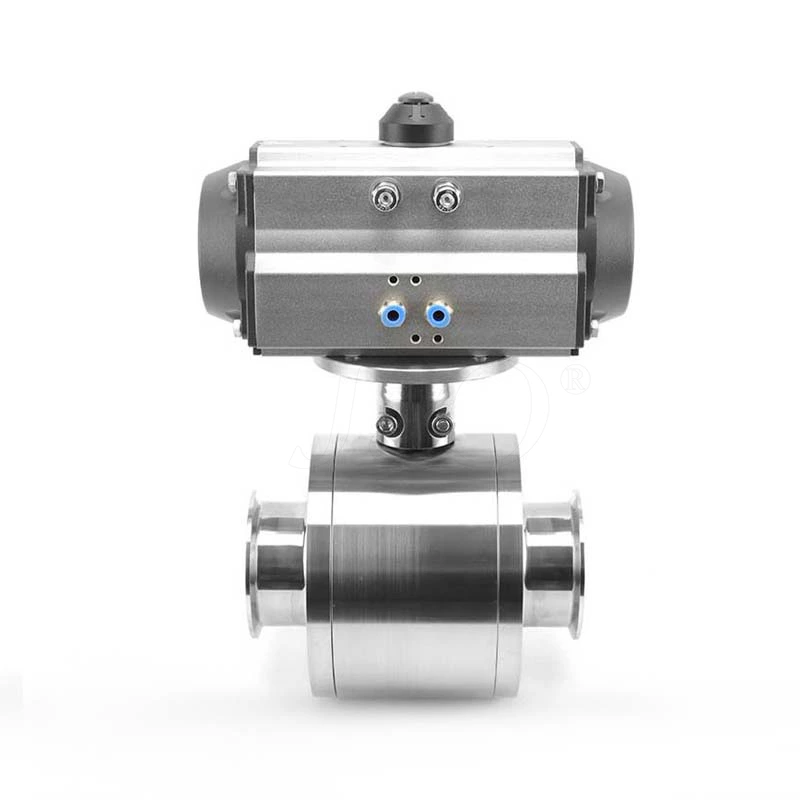Sanitary Ball Valve Standards
Sanitary Ball Valve is a common industrial valve widely used in the petroleum, chemical, refining, power, pharmaceutical, and food industries. Made of stainless steel, it offers corrosion resistance, high temperature resistance, and excellent sealing properties, making it a reliable and long-lasting valve. In this article, I will detail the standards for stainless steel two-piece ball valves.
Standards for stainless steel two-piece ball valves primarily cover the following aspects: valve body material, valve size, operating pressure, operating temperature, connection method, and sealing material.
First, the body material of a stainless steel two-piece ball valve is typically stainless steel, such as 304 or 316 stainless steel. Stainless steel offers excellent corrosion resistance and is suitable for controlling a wide range of media.
Second, stainless steel two-piece ball valves are generally available in multiple standard sizes, such as DN15, DN20, and DN25. These sizes represent the valve's diameter and can be selected based on actual needs.
Third, the operating pressure of a stainless steel two-piece ball valve is also an important criterion. Generally, operating pressures range from 150 lbf to 300 lbf. These grades represent the valve's load-bearing capacity, and the appropriate grade should be selected based on the actual operating environment.
Fourth, the operating temperature of a stainless steel two-piece ball valve is also a critical parameter. Typically, its operating temperature range ranges from -196°C to 200°C, meaning it can accommodate both low- and high-temperature environments.
Fifth, the connection method of a stainless steel two-piece ball valve is also a crucial criterion. It can be threaded, flanged, or butt-welded. Different connection methods are suitable for different operating scenarios, and the choice should be based on actual needs.
Finally, the sealing material used in a stainless steel two-piece ball valve is also a key criterion. Common sealing materials include PTFE, polytetrafluoroethylene, and polyurethane. These materials offer excellent sealing properties and ensure a secure seal.
In summary, the standards for stainless steel two-piece ball valves primarily include valve body material, valve size, operating pressure, operating temperature, connection method, and sealing material. These standards ensure the safety, reliability, and stability of stainless steel two-piece ball valves during operation. Furthermore, selecting a stainless steel two-piece ball valve that meets these standards based on actual needs can effectively improve work efficiency and reduce production costs. As an important industrial valve, stainless steel two-piece ball valve will continue to play an important role in all walks of life.
